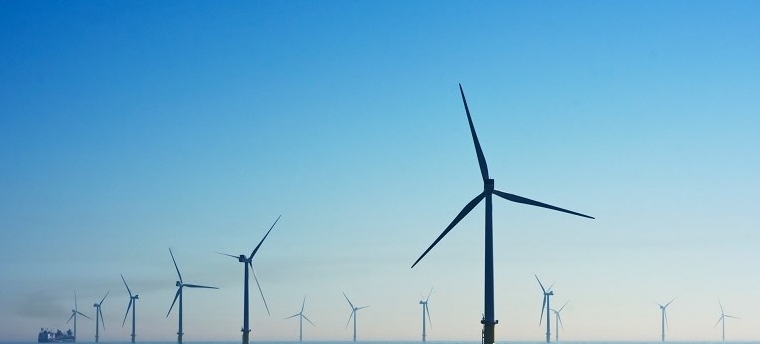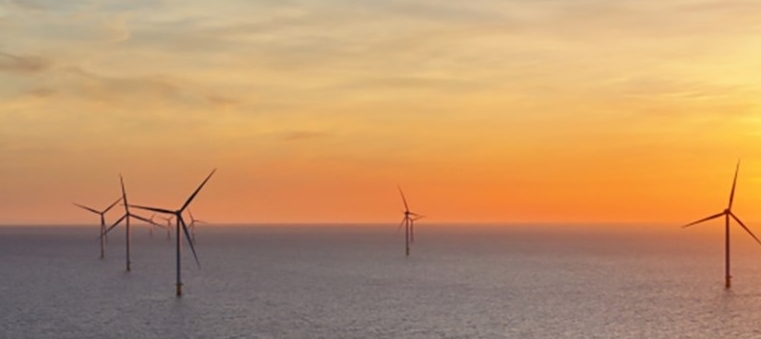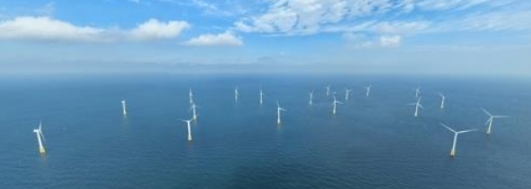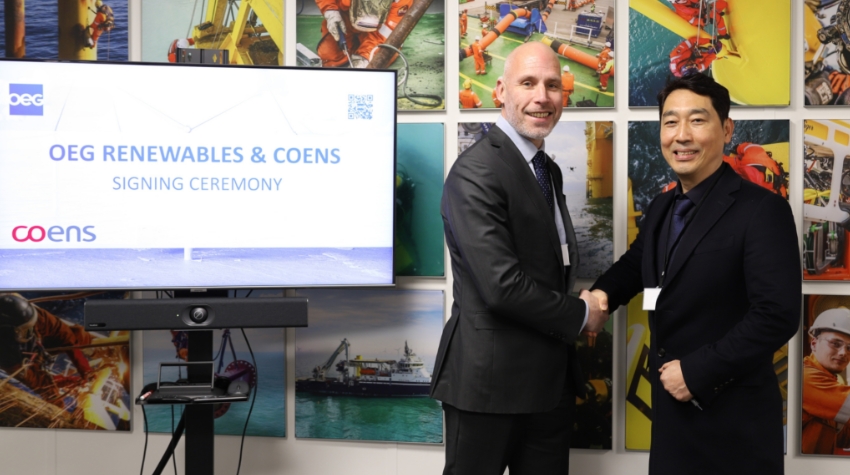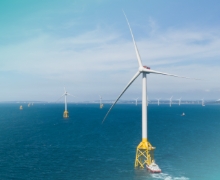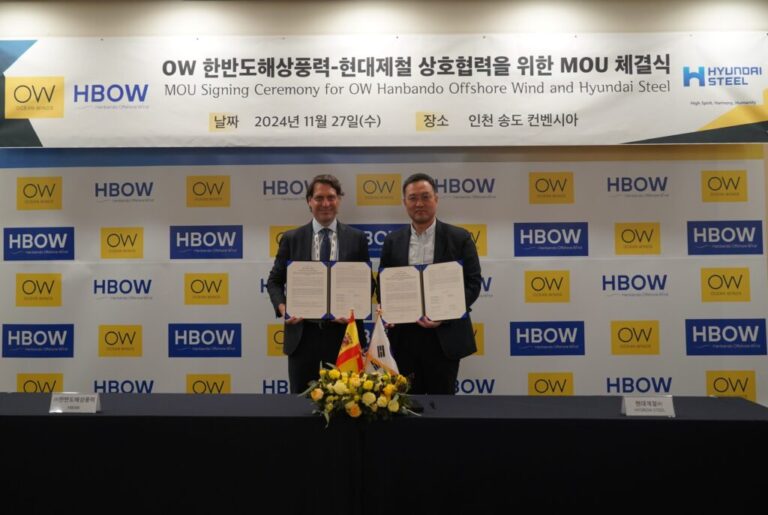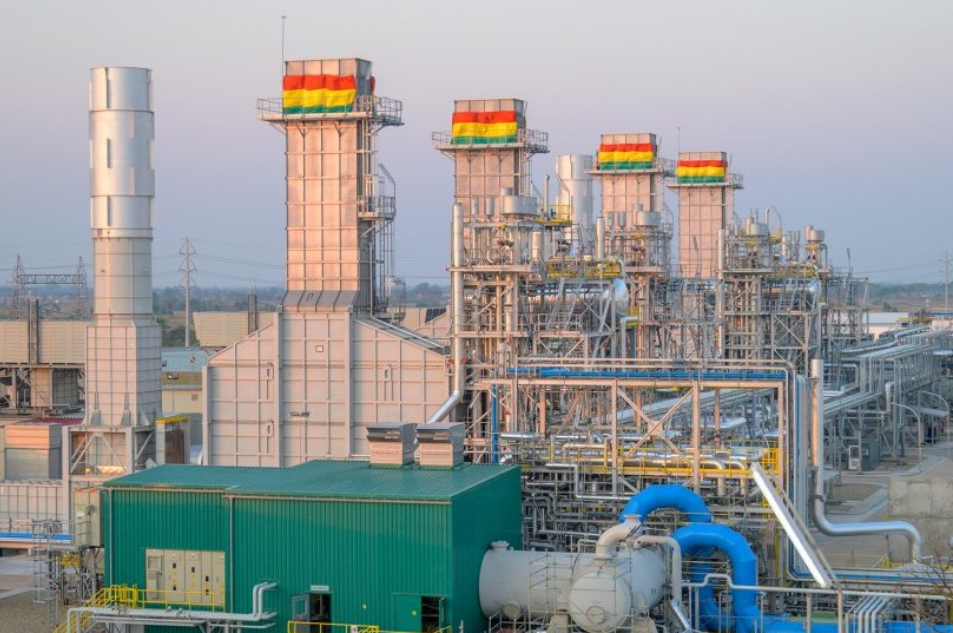
Termoeléctrica del Sur, Entre Ríos and Warnes, Bolivia’s three largest thermal power plants, have been inaugurated and expanded to efficient combined cycle mode.
This extension, facilitated by Siemens, is aimed at helping Bolivia continue with its energy development plan and help the country meet its goal of becoming the energy heart of South America.
The power plants, owned and operated by Ende Andina SAM, add more than 1 GW of electrical power to the current maximum capacity and to the Bolivian national grid.
“The three power plants are important milestones for Bolivia 2025, an ambitious energy project designed to increase power generation capacity to 6000 MW by 2025. This will establish energy independence for Bolivia while also boosting the capacity to export electricity to Bolivia’s neighboring countries,” explained Ramiro Becerra Flores, project director at ENDE Andina.
“The process of converting gas into energy is now more efficient, the country has the opportunity to find a use for surplus or residual amounts of gas that will be produced as a result of the integration of the new, much more efficient Siemens technologies.”
The initial contract with Siemens was signed in 2016. The power plants were already equipped with 13 Siemens gas turbines and the associated generators for operation in simple-cycle mode, to provide Bolivia with fast generation of electricity.
During the expansion phase that began in 2016, Siemens added 14 SGT-800 gas turbines, 11 SST-400 steam turbines with condensers, 22 steam generators, and the SPPA-T3000 instrumentation and control system to the three power plants. In combined cycle mode, it was possible to increase the plant efficiency from 40 to 51 per cent.
—The Termoeléctrica del Sur thermal power plant in southern Bolivia, near the border with Argentina – expansion increased the plant’s peak capacity from 160 to 480 MW.
—The Entre Ríos plant, located in the department of Cochabamba, situated 220 kilometers southeast of La Paz – expansion includes three new blocks, generation capacity has increased from 120 to 480 MW.
—The Warnes plant, located in Bolivia’s Santa Cruz department – with the new equipment, the plant’s generation capacity rose from 200 to 520 MW.
“Siemens has developed a unique solution to support Bolivia’s ongoing efforts to improve access to electricity for its growing population and developing economy,” said Karim Amin, CEO of power generation at Siemens Gas and Power. “Every society has its own unique needs. Our diverse energy portfolio can address these various needs for the benefit of societies everywhere.”
Siemens is building a new Service and Training Center in Warnes, where Bolivian technicians will be trained to maintain, monitor, and repair power plant turbines and other components. “The center is designed to provide our traditional and digital services to energy customers in Bolivia and South America. It will feature digital solutions with our remote monitoring and diagnostics technologies, data analytics, as well as specialized classrooms and hands-on training sessions, parts supply, and engineering and project management,” said John Prado, CEO Siemens Bolivia. “Moreover, it will offer job opportunities for more than 100 people.”
Logistical challenges
The power plant equipment for the expansion phase was shipped to Bolivia from three different continents and up to 400 heavy load transports had to cross the Andes Mountains to bring equipment to the three power plant construction sites. Furthermore, forty to fifty out of 180 bridges along the route had to be reinforced or bypassed due to structural concerns.
